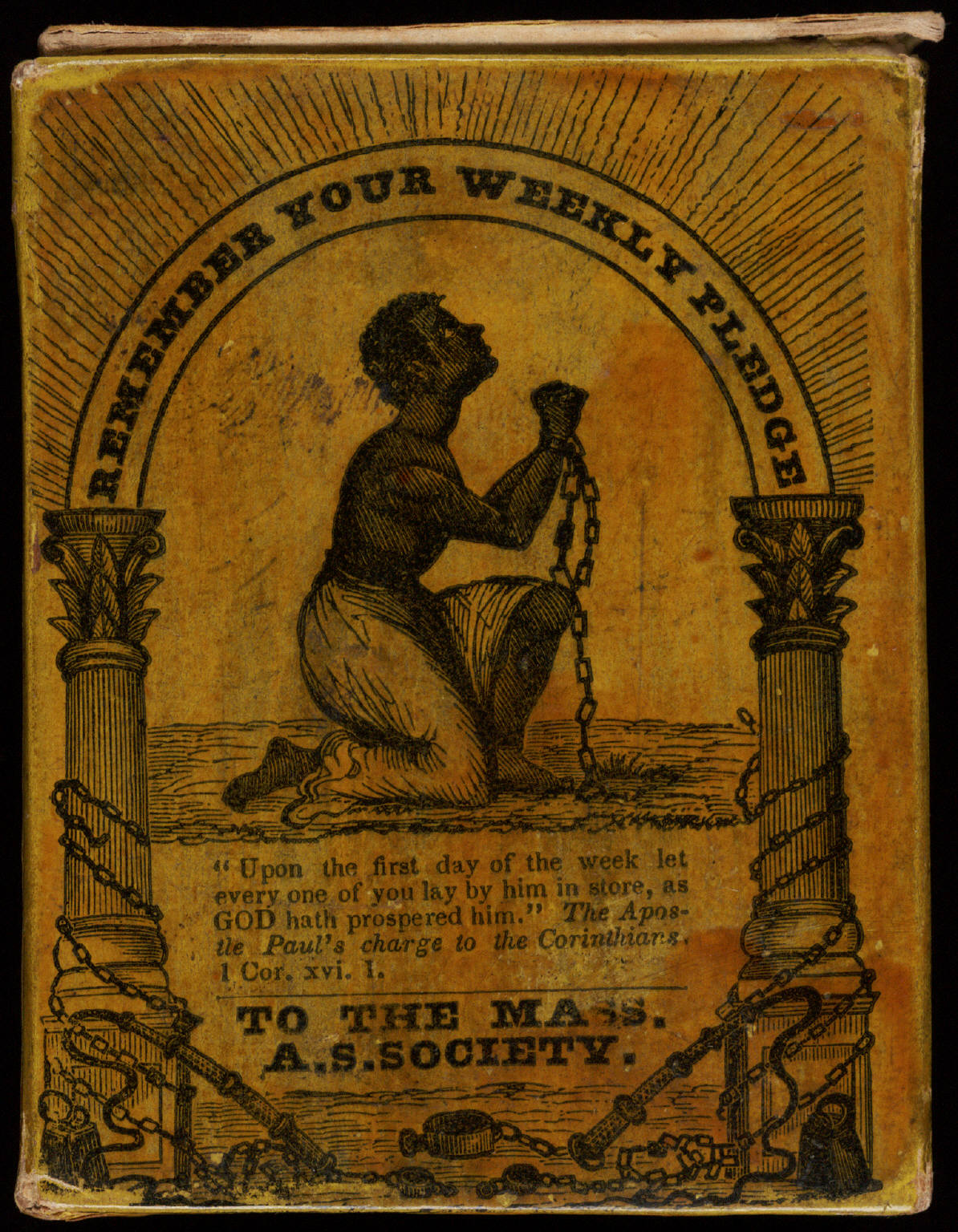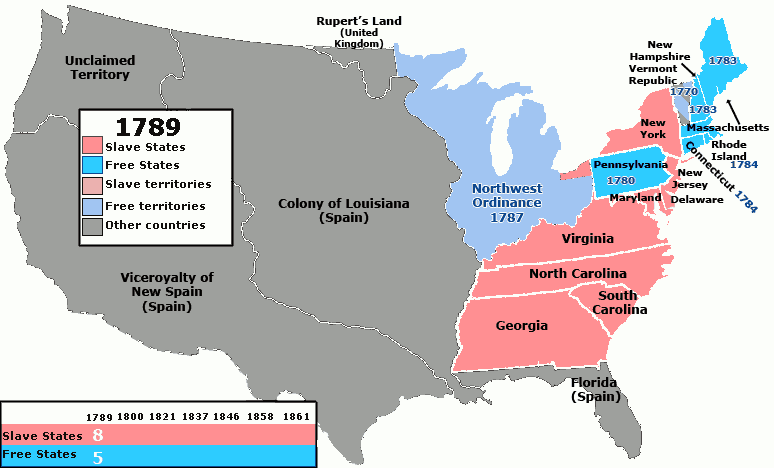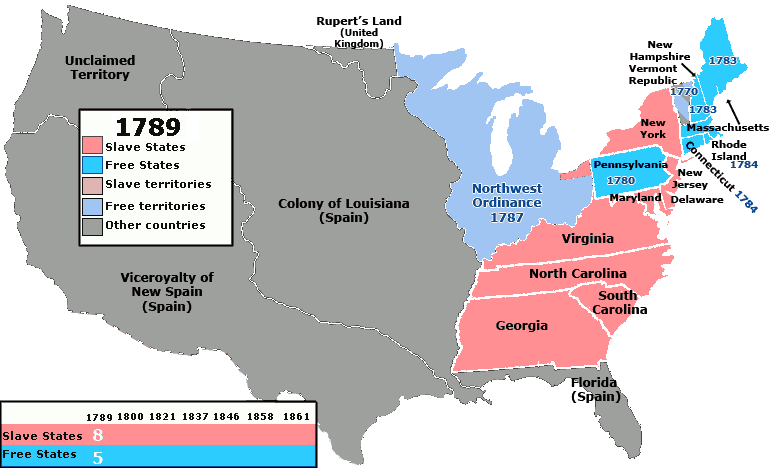|
Kansas State Legislature
The Kansas Legislature is the state legislature of the U.S. state of Kansas. It is a bicameral assembly, composed of the lower Kansas House of Representatives, with 125 state representatives, and the upper Kansas Senate, with 40 state senators. Representatives are elected for two-year terms, senators for four-year terms. Prior to statehood, separate pro-slavery and anti-slavery territorial legislatures emerged, drafting four separate constitutions, until one was finally ratified and Kansas became a state in 1861. Republicans hold a long-standing supermajority in both houses of the state legislature, despite a short-lived dominance by the Populist Party. The state legislature approved one of the first child labor laws in the nation. Composed of 165 state lawmakers, the state legislature meets at the Kansas State Capitol in Topeka once a year in regular session. Additional special sessions can be called by the governor. History Pre-statehood The Kansas Territory was ... [...More Info...] [...Related Items...] OR: [Wikipedia] [Google] [Baidu] |
Kansas Senate
The Kansas Senate is the upper house of the Kansas Legislature, the state legislature of the U.S. State of Kansas. It is composed of 40 senators elected from single-member districts, each with a population of about 73,000 inhabitants. Members of the Senate are elected to a four-year term. There is no limit to the number of terms that a senator may serve. The Kansas Senate meets at the Kansas State Capitol in Topeka. Like other upper houses of state and territorial legislatures and the federal U.S. Senate, the Senate is reserved with special functions such as confirming or rejecting gubernatorial appointments to executive departments, the state cabinet, commissions and boards. History The Kansas Senate was created by the Kansas Constitution when Kansas became the 34th state of United States on January 29, 1861. Six days after its admission into the Union, the Confederate States of America formed between seven Southern states that had seceded from the United States in the ... [...More Info...] [...Related Items...] OR: [Wikipedia] [Google] [Baidu] |
Upper House
An upper house is one of two Legislative chamber, chambers of a bicameralism, bicameral legislature, the other chamber being the lower house. The house formally designated as the upper house is usually smaller and often has more restricted power than the lower house. A legislature composed of only one house (and which therefore has neither an upper house nor a lower house) is described as unicameralism, unicameral. History While the Roman Senate, senate of the ancient roman kingdom 755 BC was the first assembly of aristocrats counseling the king, the first upper house of a bicameral legislature was the medieval House of Lords consisting of the archbishops, bishops, abbots and nobility, which emerged during the reign of King Edward III around 1341 when the Parliament clearly separated into two distinct Debating chamber, chambers, the House of Commons of England, House of Commons, consisting of the shire and borough representatives, and the House of Lords. 1808 Spain adopted ... [...More Info...] [...Related Items...] OR: [Wikipedia] [Google] [Baidu] |
Missouri
Missouri (''see #Etymology and pronunciation, pronunciation'') is a U.S. state, state in the Midwestern United States, Midwestern region of the United States. Ranking List of U.S. states and territories by area, 21st in land area, it borders Iowa to the north, Illinois, Kentucky and Tennessee to the east, Arkansas to the south and Oklahoma, Kansas, and Nebraska to the west. In the south are the Ozarks, a forested highland, providing timber, minerals, and recreation. At 1.5 billion years old, the St. Francois Mountains are among the oldest in the world. The Missouri River, after which the state is named, flows through the center and into the Mississippi River, which makes up the eastern border. With over six million residents, it is the List of U.S. states and territories by population, 19th-most populous state of the country. The largest urban areas are St. Louis, Kansas City, Missouri, Kansas City, Springfield, Missouri, Springfield, and Columbia, Missouri, Columbia. The Cap ... [...More Info...] [...Related Items...] OR: [Wikipedia] [Google] [Baidu] |
1855 Kansas Territory Elections
The 1855 Kansas Territory elections were a series of pivotal moments in the "Bleeding Kansas" conflict between pro-slavery individuals and " Free-Staters" in Kansas Territory. The initial elections for territorial legislature, held on March 30, 1855, were marred by widespread voter fraud, intimidation, and violence, as pro-slavery forces from neighboring Missouri crossed the border to cast ballots and suppress anti-slavery voters. In response, Kansas Territorial governor, Andrew H. Reeder, ordered new elections to be held on May 22 in certain districts. But even after the corrective elections, pro-slavery candidates still managed to win a majority of seats in the territorial legislature. When the legislature convened in July, it promptly ejected all the Free-State candidates who had won seats in the May elections. This act led to many Kansans lambasting the body as the "Bogus Legislature." In October 1855, elections were held for a Congressional delegate to represent Kansas Te ... [...More Info...] [...Related Items...] OR: [Wikipedia] [Google] [Baidu] |
Bleeding Kansas
Bleeding Kansas, Bloody Kansas, or the Border War, was a series of violent civil confrontations in Kansas Territory, and to a lesser extent in western Missouri, between 1854 and 1859. It emerged from a political and ideological debate over the legality of slavery in the United States, slavery in the proposed state of Kansas. The conflict was characterized by years of electoral fraud, raids, assaults, and murders carried out in the Kansas Territory and neighboring Missouri by proslavery "border ruffians" and retaliatory raids carried out by Abolitionism in the United States, antislavery "Free-Stater (Kansas), free-staters". According to ''Kansapedia'' of the Kansas Historical Society, 56 political killings were documented during the period, and the total may be as high as 200. It has been called a Tragic Prelude, or an overture, to the American Civil War, which immediately followed it. The conflict centered on the question of whether Kansas, upon gaining statehood, would join th ... [...More Info...] [...Related Items...] OR: [Wikipedia] [Google] [Baidu] |
Abolitionism In The United States
In the United States, abolitionism, the movement that sought to end slavery in the United States, slavery in the country, was active from the Colonial history of the United States, colonial era until the American Civil War, the end of which brought about the abolition of American slavery, Penal labor in the United States, except as punishment for a crime, through the Thirteenth Amendment to the United States Constitution (ratified 1865). The anti-slavery movement originated during the Age of Enlightenment, focused on ending the Atlantic slave trade, transatlantic slave trade. In Colonial America, a few German Quakers issued the 1688 Germantown Quaker Petition Against Slavery, which marked the beginning of the American abolitionist movement. Before the American Revolutionary War, Revolutionary War, Evangelicalism in the United States, evangelical colonists were the primary advocates for the opposition to Slavery in the colonial United States, slavery and the slave trade, doing ... [...More Info...] [...Related Items...] OR: [Wikipedia] [Google] [Baidu] |
Slave State
In the United States before 1865, a slave state was a state in which slavery and the internal or domestic slave trade were legal, while a free state was one in which they were prohibited. Between 1812 and 1850, it was considered by the slave states to be politically imperative that the number of free states not exceed the number of slave states, so new states were admitted in slave–free pairs. There were, nonetheless, some slaves in most free states up to the 1840 census, and the Fugitive Slave Clause of the U.S. Constitution, as implemented by the Fugitive Slave Act of 1793 and the Fugitive Slave Act of 1850, provided that a slave did not become free by entering a free state and must be returned to his or her owner. Enforcement of these laws became one of the controversies that arose between slave and free states. By the 18th century, slavery was legal throughout the Thirteen Colonies, but at the time of the American Revolution, rebel colonies started to abolish the prac ... [...More Info...] [...Related Items...] OR: [Wikipedia] [Google] [Baidu] |
Free State (United States)
In the United States The United States of America (USA), also known as the United States (U.S.) or America, is a country primarily located in North America. It is a federal republic of 50 U.S. state, states and a federal capital district, Washington, D.C. The 48 ... before 1865, a slave state was a U.S. state, state in which Slavery in the United States, slavery and the internal or domestic slave trade were legal, while a free state was one in which they were prohibited. Between 1812 and 1850, it was considered by the slave states to be politically imperative that the number of free states not exceed the number of slave states, so new states were admitted in slave–free pairs. There were, nonetheless, some slaves in most free states up to the 1840 census, and the Fugitive Slave Clause of the Constitution of the United States, U.S. Constitution, as implemented by the Fugitive Slave Act of 1793 and the Fugitive Slave Act of 1850, provided that a slave did not become free b ... [...More Info...] [...Related Items...] OR: [Wikipedia] [Google] [Baidu] |
Kansas–Nebraska Act
The Kansas–Nebraska Act of 1854 () was a territorial organic act that created the territories of Kansas and Nebraska. It was drafted by Democratic Senator Stephen A. Douglas, passed by the 33rd United States Congress, and signed into law by President Franklin Pierce. Douglas introduced the bill intending to open up new lands to develop and facilitate the construction of a transcontinental railroad. However, the Kansas–Nebraska Act effectively repealed the Missouri Compromise of 1820, stoking national tensions over slavery and contributing to a series of armed conflicts known as "Bleeding Kansas". The United States had acquired vast amounts of land in the 1803 Louisiana Purchase, and since the 1840s, Douglas had sought to establish a territorial government in a portion of the Louisiana Purchase that was still unorganized. Douglas's efforts were stymied by Senator David Rice Atchison of Missouri and other Southern leaders who refused to allow the creation of territories t ... [...More Info...] [...Related Items...] OR: [Wikipedia] [Google] [Baidu] |
Kansas Territory
The Territory of Kansas was an organized incorporated territory of the United States that existed from May 30, 1854, until January 29, 1861, when the eastern portion of the territory was admitted to the United States, Union as the Slave and free states, free state of Kansas. The territory extended from the Missouri border west to the summit of the Rocky Mountains and from the 37th parallel north to the 40th parallel north. Originally part of Missouri Territory, it was unorganized from 1821 to 1854. Much of the eastern region of what is now the Colorado, State of Colorado was part of Kansas Territory. The Territory of Colorado was created to govern this western region of the former Kansas Territory on February 28, 1861. The question of whether Kansas was to be a free or a slave state was, according to the Compromise of 1850 and the Kansas–Nebraska Act, to be decided by popular sovereignty, that is, by vote of the Kansans. The question of which Kansans were eligible to vote ... [...More Info...] [...Related Items...] OR: [Wikipedia] [Google] [Baidu] |
Planned Lecompton, Kansas State Capitol
Planning is the process of thinking regarding the activities required to achieve a desired goal. Planning is based on foresight, the fundamental capacity for mental time travel. Some researchers regard the evolution of forethought - the capacity to think ahead - as a prime mover in human evolution. Planning is a fundamental property of intelligent behavior. It involves the use of logic and imagination to visualize not only a desired result, but the steps necessary to achieve that result. An important aspect of planning is its relationship to forecasting. Forecasting aims to predict what the future will look like, while planning imagines what the future could look like. Planning according to established principles - most notably since the early-20th century - forms a core part of many professional occupations, particularly in fields such as management and business. Once people have developed a plan, they can measure and assess progress, efficiency and effectiveness. As circumst ... [...More Info...] [...Related Items...] OR: [Wikipedia] [Google] [Baidu] |
Governor Of Kansas
A governor is an administrative leader and head of a polity or political region, in some cases, such as governors-general, as the head of a state's official representative. Depending on the type of political region or polity, a ''governor'' may be either appointed or elected, and the governor's powers can vary significantly, depending on the public laws in place locally. The adjective pertaining to a governor is gubernatorial, from the Latin root ''gubernare''. In a federated state, the governor may serve as head of state and head of government for their regional polity, while still operating under the laws of the federation, which has its own head of state for the entire federation. Ancient empires Pre-Roman empires Though the legal and administrative framework of provinces, each administered by a governor, was created by the Romans, the term ''governor'' has been a convenient term for historians to describe similar systems in antiquity. Indeed, many regions of the pre-Roman ... [...More Info...] [...Related Items...] OR: [Wikipedia] [Google] [Baidu] |









